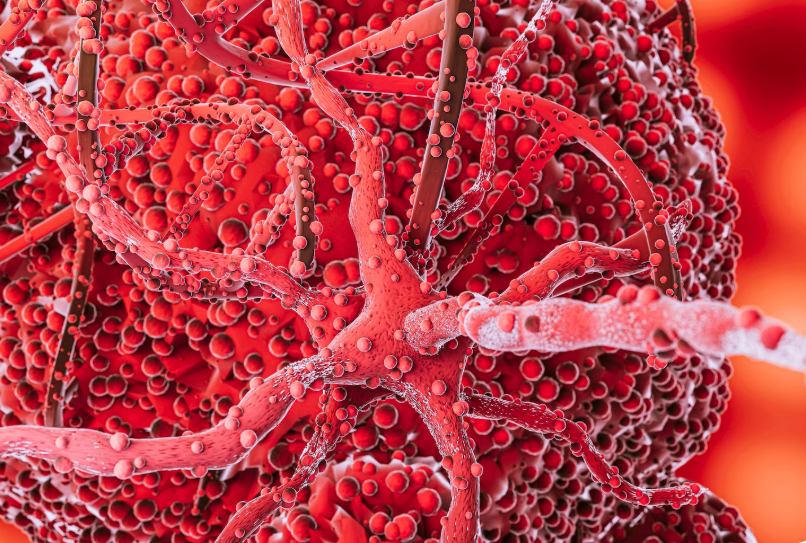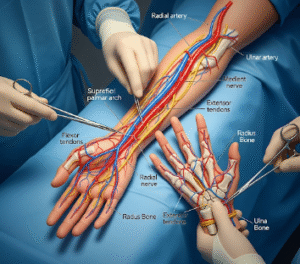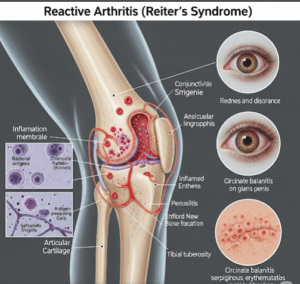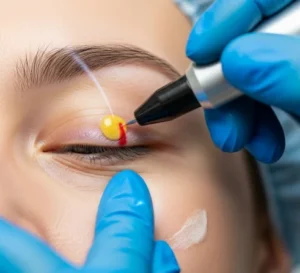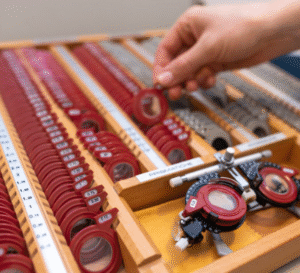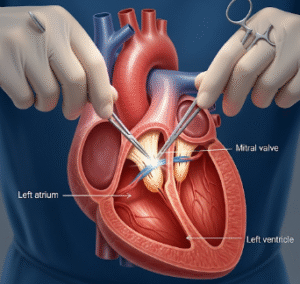Overview
Hairy cell leukemia (HCL) is a rare, slow-growing type of blood cancer that affects the white blood cells, specifically B lymphocytes. It is named for the hair-like projections seen on the surface of malignant cells under a microscope.
In Korea, HCL is uncommon but recognized in hematology and oncology centers. Korean hospitals provide advanced diagnostic techniques, chemotherapy, immunotherapy, and targeted therapies to effectively manage the disease. Early detection and treatment significantly improve survival rates and quality of life.
What is Hairy Cell Leukemia?
HCL is a chronic B-cell lymphoproliferative disorder, where abnormal B cells accumulate in the bone marrow, spleen, and blood. This leads to pancytopenia (reduction in red blood cells, white blood cells, and platelets), causing increased susceptibility to infections, anemia, and bleeding.
It primarily affects middle-aged adults, with a higher prevalence in men than women.
Symptoms
- Fatigue and weakness
- Frequent infections
- Easy bruising or bleeding
- Enlarged spleen (splenomegaly)
- Unintentional weight loss
- Fever or night sweats
- Pale skin due to anemia
- Abdominal discomfort from spleen enlargement
Causes
- Exact cause is unknown
- Genetic mutations (BRAF V600E mutation found in most cases)
- Abnormal proliferation of B lymphocytes
- Immune system dysregulation
Risk Factors
- Male gender
- Age 50–60 years (most common)
- Possible genetic predisposition (rare)
- History of exposure to certain chemicals or toxins (under investigation)
Complications
- Severe infections due to low white blood cell counts
- Anemia-related fatigue and weakness
- Bleeding complications from low platelets
- Splenomegaly causing discomfort or rupture (rare)
- Relapse after initial treatment
Prevention
- There is no known way to prevent HCL due to its unclear cause
- Early recognition of symptoms and prompt medical evaluation
- Regular medical check-ups for at-risk populations
Treatment Options in Korea
Diagnosis
- Blood tests: Complete blood count (CBC) to detect pancytopenia
- Peripheral blood smear: Identification of hairy cells
- Bone marrow biopsy and aspiration
- Flow cytometry and immunophenotyping
- Genetic testing for BRAF mutation
Medical Treatments
- Purine analogs (cladribine or pentostatin) – first-line therapy
- Rituximab (monoclonal antibody therapy)
- Targeted therapies for BRAF-positive patients
- Supportive care: antibiotics for infections, blood transfusions if needed
Surgical or Advanced Therapies
- Splenectomy in cases of massive splenomegaly or treatment-resistant HCL
- Stem cell transplantation in rare refractory cases
- Access to clinical trials for new immunotherapies in Korea
Rehabilitation and Support
- Regular follow-up with hematologists to monitor remission
- Infection prevention and vaccination strategies
- Nutritional support to manage anemia and general health
- Psychological support for coping with chronic cancer diagnosis

